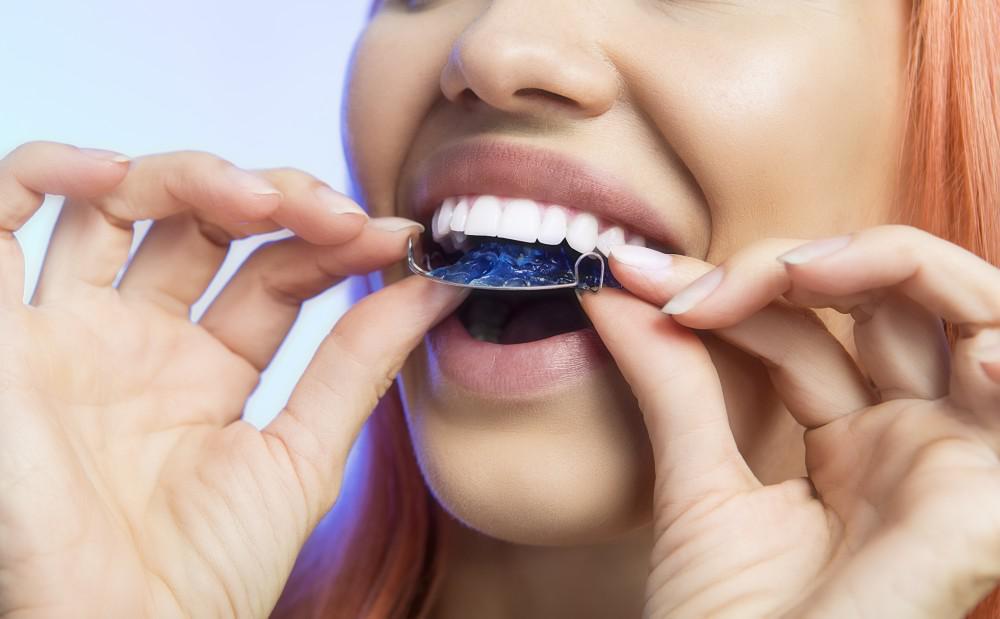Though it may seem annoying to deal with an orthodontic device after completing months or years of active treatment, wearing one of three types of retainers is essential to protecting the progress you’ve achieved. Whether you use traditional braces or clear aligners, wearing a retainer helps prevent your teeth from reverting to their natural misaligned positions.
Without a properly fitted retainer, your teeth can regress so significantly that you may need a second course of orthodontic treatment to achieve a straight smile. No matter which type of retainer you use, any of these devices can effectively keep your teeth in their new straightened positions if you wear and care for them as directed.
In this blog, orthodontist Emanuel Mizrahi, DDS, of Forest Hills Orthodontic Associates in Forest Hills, New York, discusses how wearing a retainer is the best way to protect the time, effort, and expense you put into achieving your new look. Learn how different types of retainers work and how they can help you enjoy the functional and cosmetic benefits of straight teeth.
Why retainers are important
When worn as directed, all types of retainers can prevent your teeth from relapse, a condition in which your straightened teeth return to their original misaligned positions.
When undergoing orthodontic treatment, your braces or aligners gently move your teeth into their desired positions over a period of time. The result is the perfect smile that you see at the end of your treatment. However, the bone and soft tissue surrounding your teeth require additional time to adjust to the new placement of your teeth.
A retainer works to keep your teeth in place while new bone tissue develops and rebuilds around each tooth. It also gives your tooth roots time to adjust so they can adequately stabilize and support your teeth in their new positions.
Types of retainers
After your active orthodontic treatment is complete, our staff ensures that you receive a customized and comfortable fit with the type of retainer most appropriate for you. Certain factors, such as the degree of correction achieved, your lifestyle, and preferences, affect our recommendation.
Our staff specializes in the use of three types of retainers:
1. Traditional retainers
Traditional retainers, also called Hawley retainers, are designed with an adjustable wire that rests on the front surfaces of your teeth. This type of retainer is removable for eating and cleaning.
A traditional retainer is held in place by a customized acrylic arch. For the upper teeth, it rests against the roof of your mouth. For the lower teeth, it rests behind them.
A traditional retainer is designed to expose the chewing surfaces of your teeth. This allows your teeth to touch naturally, which may allow for more comfortable and natural speech when they’re in place.
2. Clear retainers
Clear retainers look very similar to clear aligners, though they’re manufactured from a more durable type of plastic. These retainers are clear, plastic trays that are customized to cover all sides, including the chewing surfaces, of your upper and lower teeth.
Clear retainers, like clear aligners, are virtually invisible when they’re in place. This allows you to wear your retainers in any social or professional situation discreetly, without affecting your appearance.
3. Fixed retainers
Fixed retainers are permanent appliances that can remain in your mouth indefinitely. These retainers, also called lingual wires, are made to last for years without replacement. Only an orthodontist or dentist is qualified to repair or remove fixed retainers.
A fixed retainer is simply a thin metal wire that is permanently affixed to the inside of your lower or upper teeth to help them maintain their corrected positions. The wire is usually bonded to the front four or five teeth, without extending across the full arch.
Retainer use and care
Getting the best results from your retainer requires proper use and care. If you have a removable traditional or clear retainer, it’s important to wear your retainer according to the schedule our staff recommends.
While your retainer schedule is based on your individual needs, many patients begin by wearing a retainer for up to 9 months, then reduce their schedule to nighttime wear sometime between 9-12 months. Over time, you may be able to decrease your retainer wear to several nights each week and still maintain straight teeth.
You’ll enjoy optimal benefits from your retainer if you work to keep it clean and intact. Keeping it free of bacteria and food particles can help prevent deterioration of the plastic components and reduce your risk of developing tooth decay and gum disease.
Preventing damage or loss to your retainer is also important since there’s usually an additional fee to replace them. When you take removable retainers out of your mouth, keep them in the case provided to prevent potential loss or damage.
To learn more about the benefits of wearing retainers and which type may be right for you, call 347-384-9199 or book an appointment online with Forest Hills Orthodontic Associates today.
